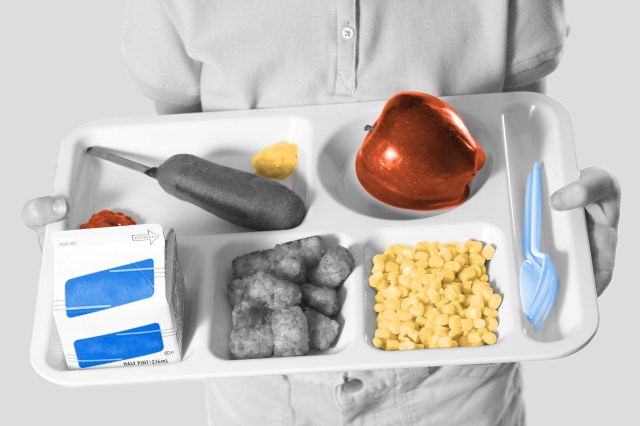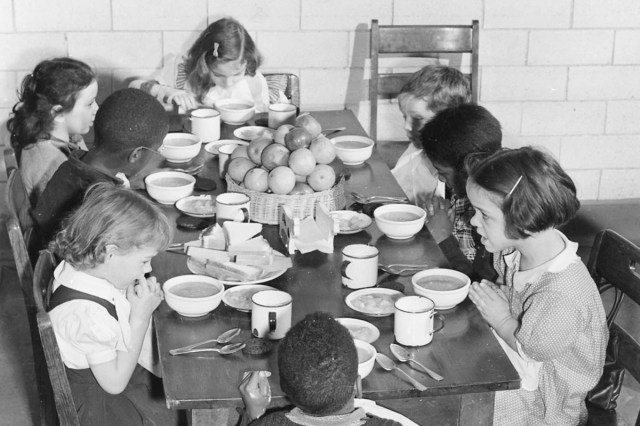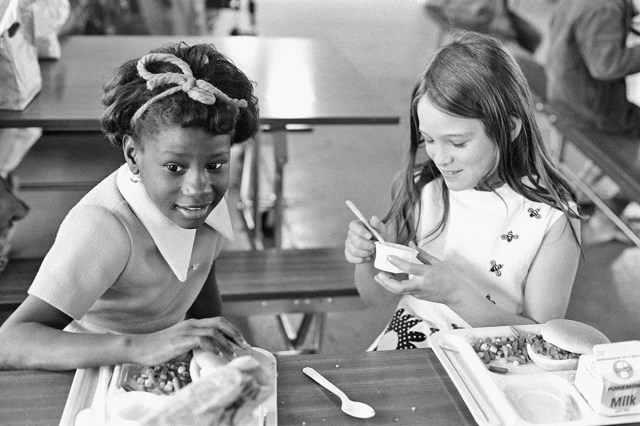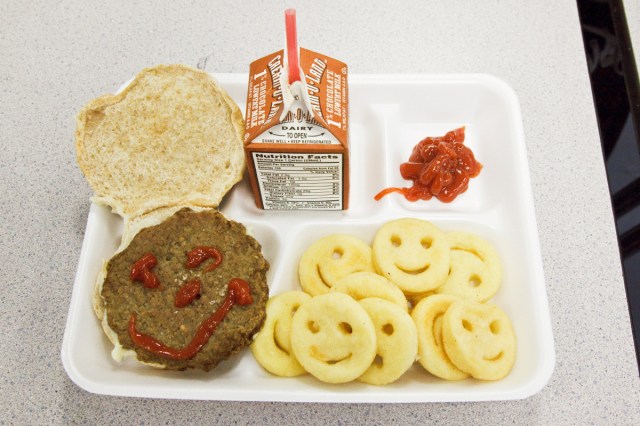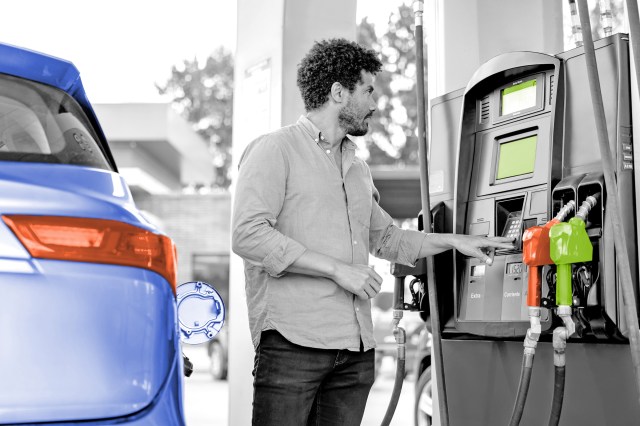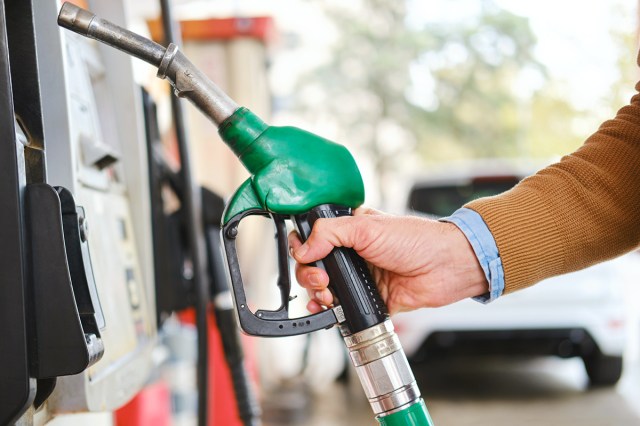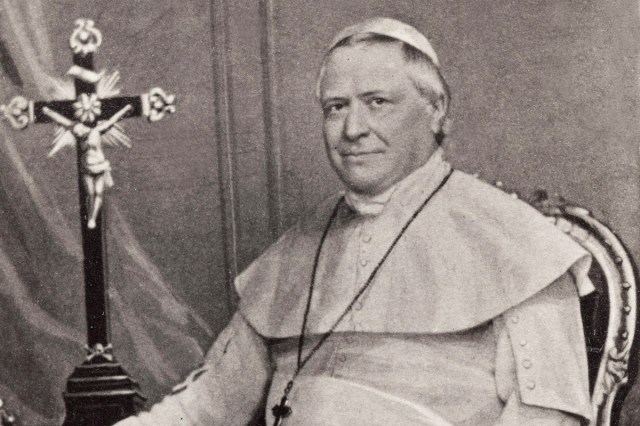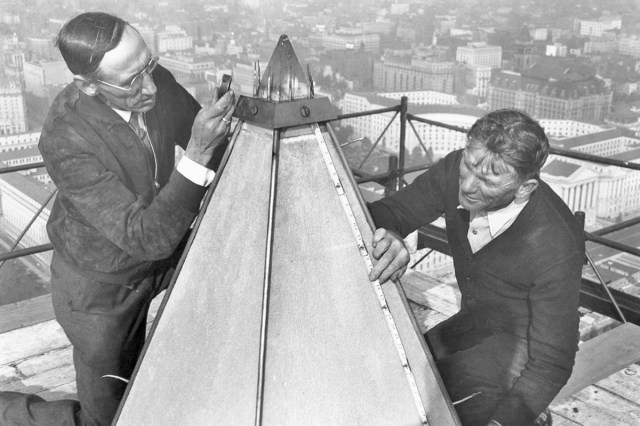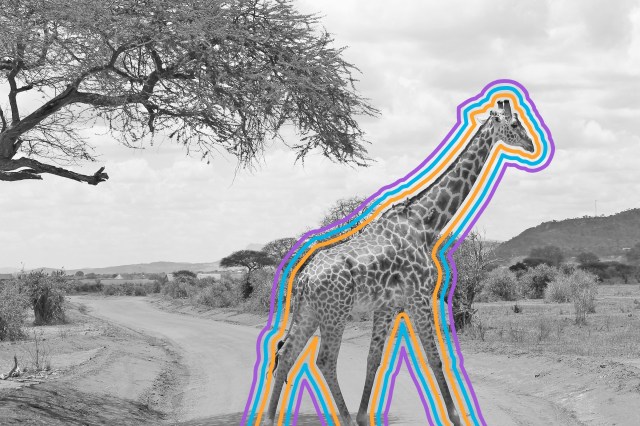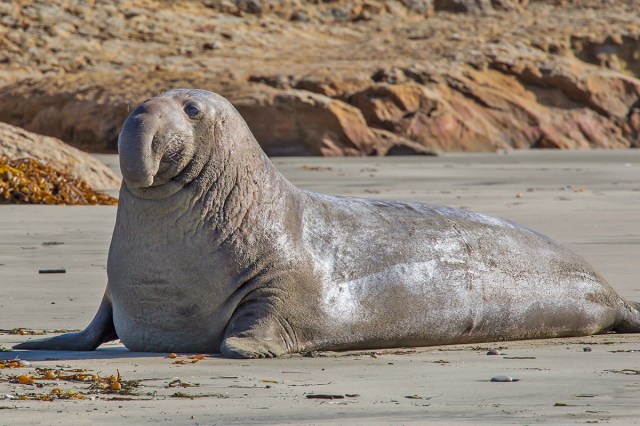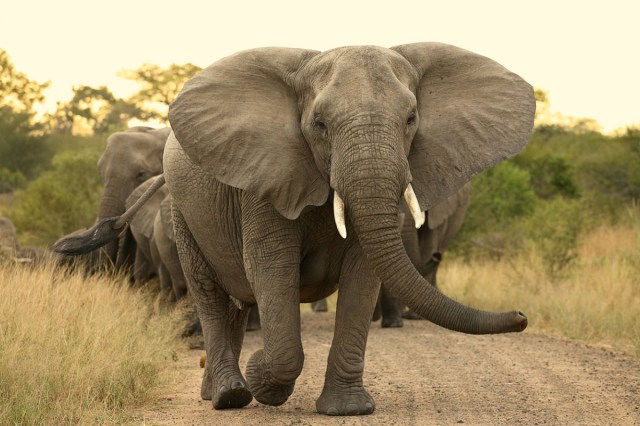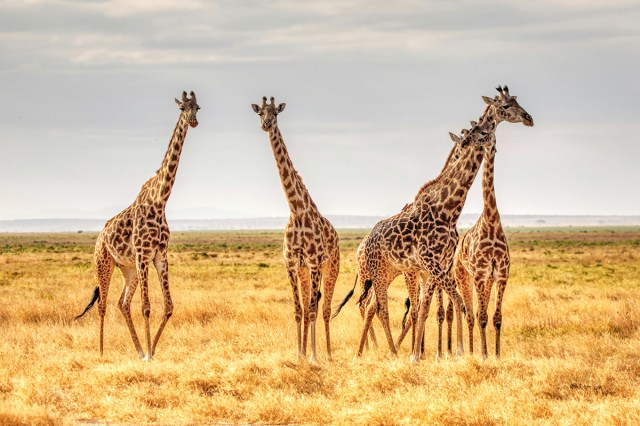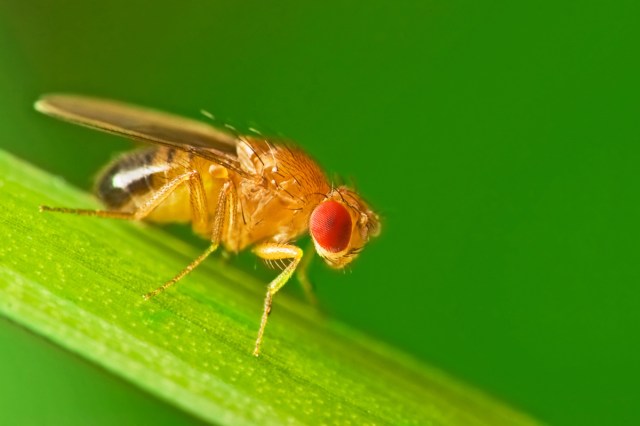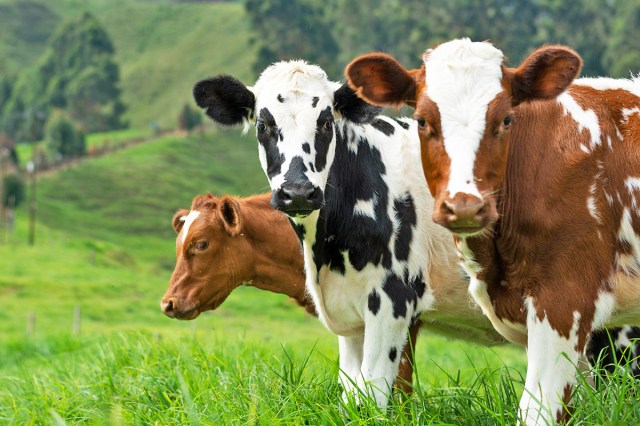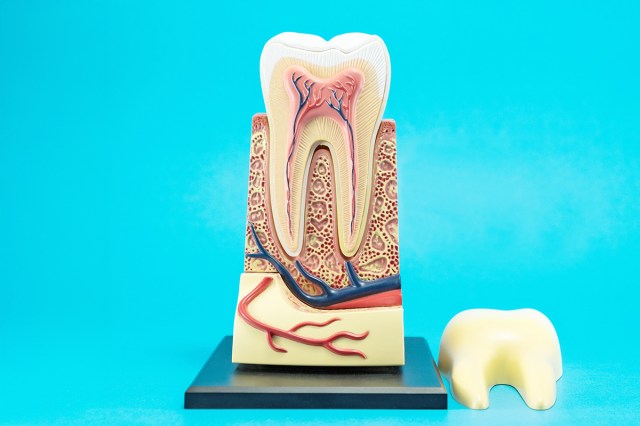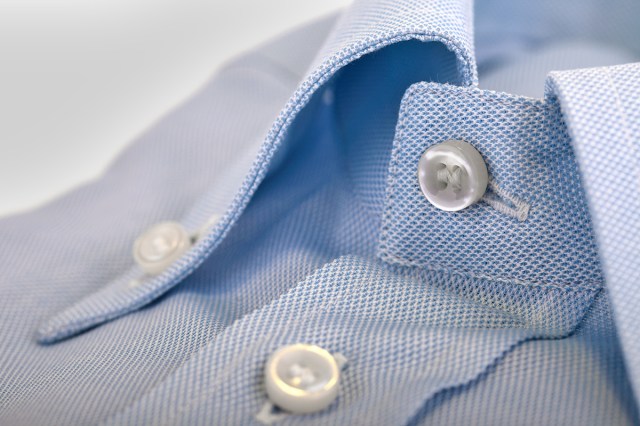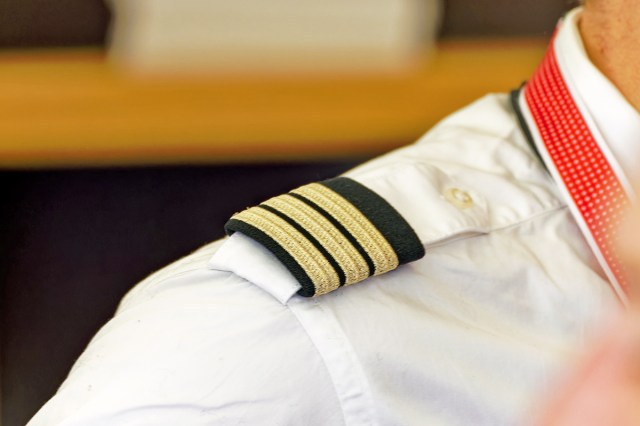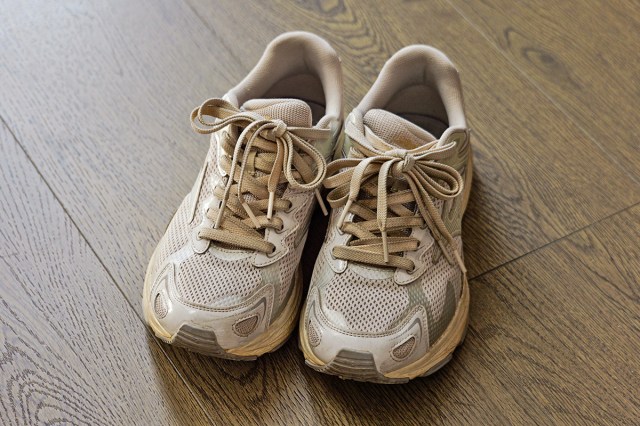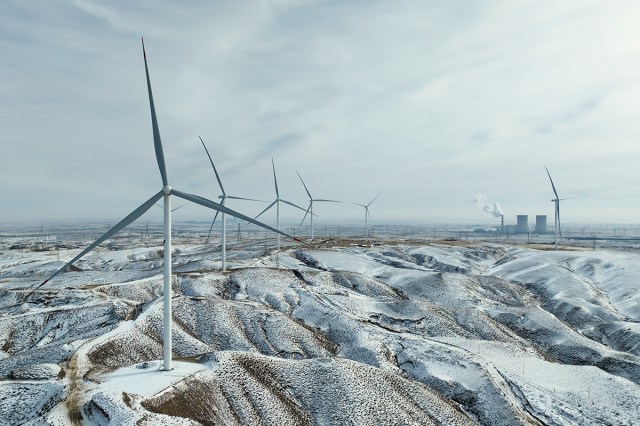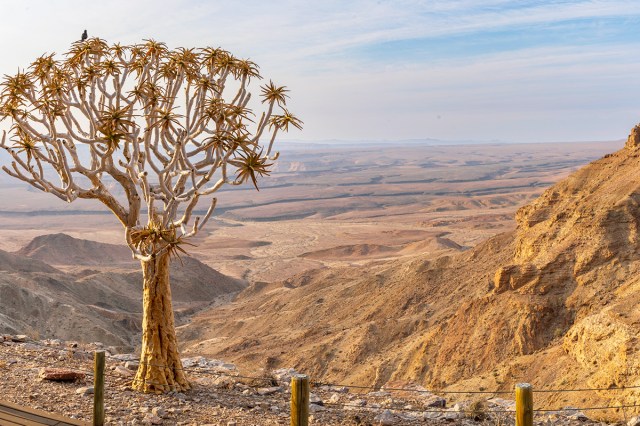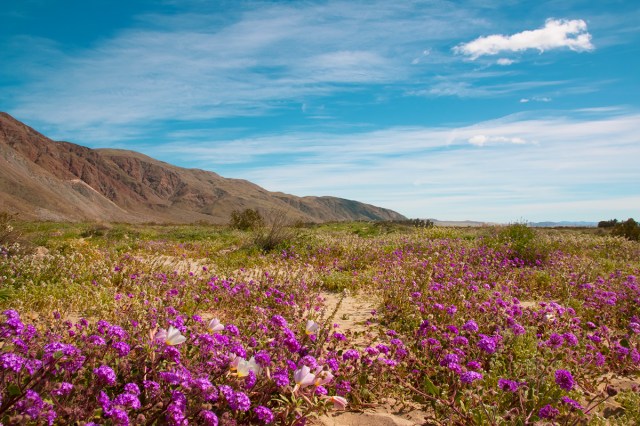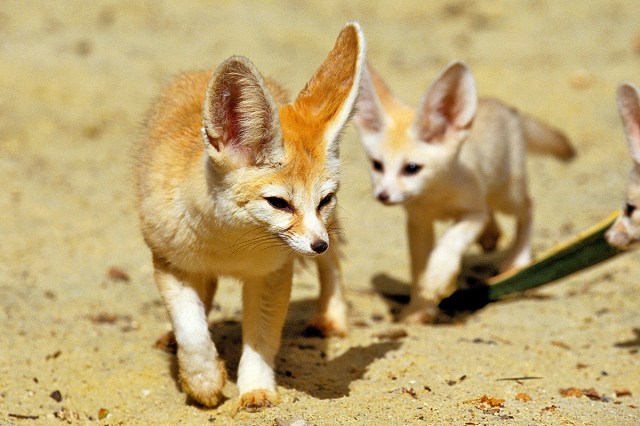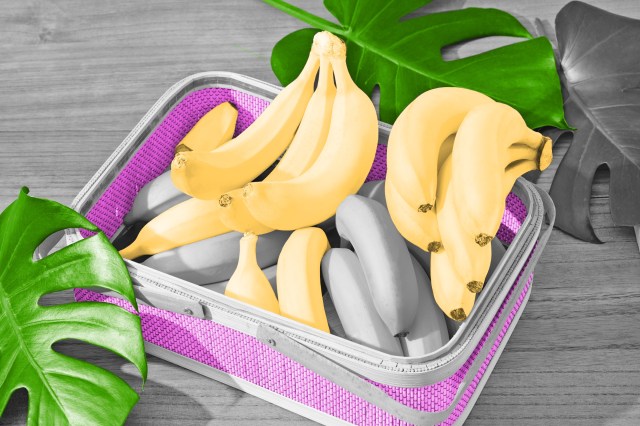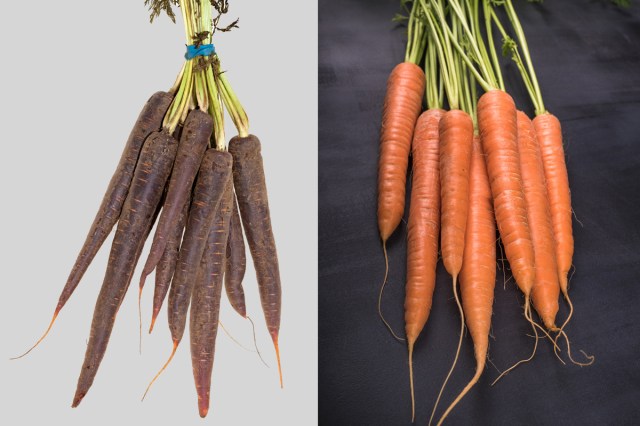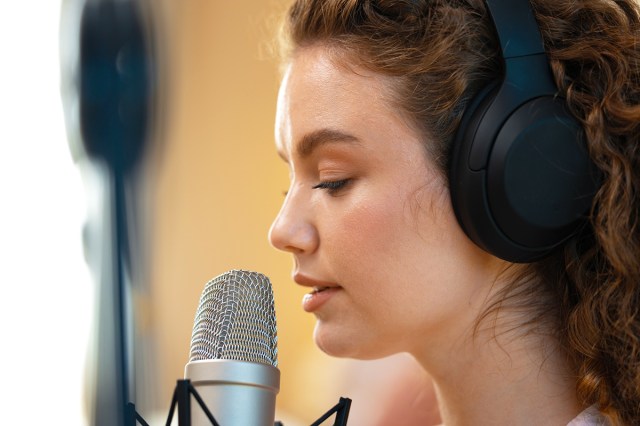Public Transit Etiquette Everyone Should Know
Whether commuting on a train to work, riding the light rail into the city for a night out, or taking the bus across town to run an errand, the people aboard any form of public transport are likely trying to enjoy a quick and quiet trip to their destination — but sometimes the actions of a noisy or otherwise inconsiderate passenger can ruin the journey for their fellow riders.
Those rude behaviors may include blasting music, taking up extra seats, or even talking loudly on the phone. Don’t be like that — instead, pay attention to these six etiquette tips for being a perfectly polite passenger.

Use Headphones, Not Speakers
Loud audio coming from your phone is a surefire way to earn the ire of fellow travelers, whether it be from playing music, watching a video, or having a FaceTime conversation or phone call on speaker. This increasingly common practice is known as “bare beating,” describing disruptive audio that carries throughout an entire train or bus. As anyone who’s experienced bare beating knows, that tinny sound that emanates from a phone’s speakers can be highly disruptive and grating.
Public transit companies in states including New York, Pennsylvania, and Texas remind all riders to use headphones if listening to music, as it’s considered common courtesy. There’s also an ongoing effort in the U.K. to punish violators with hefty fines, but despite the advisories and warnings, bare beating continues to spread.
One issue is that tech companies have removed standard headphone jacks from newer models of smartphones, requiring special corded connections or Bluetooth-enabled headphones. If someone doesn’t have one of those options easily accessible, they might listen to their phone audio over the speaker anyway. But the break in etiquette also has to do with modern browsing habits.
In an interview with The New York Times, etiquette expert Myka Meier touches on the idea that “we selfishly have interests that we are able to tap into any second of any day, and we are so used to it that we forget other people around us.” That said, we suggest doing your part to limit public transit noise by either keeping track of a pair of headphones or waiting until the ride is over to use your speakers.

Avoid Obtrusive Self-Grooming
While there’s nothing wrong with quickly reapplying lipstick or combing your hair so it looks presentable, some passengers groom themselves in a way that affects other riders. One of the most egregious examples is cutting your fingernails (or even toenails, as one San Francisco rider chose to do) in the middle of the train or bus. First and foremost this is a hygiene issue, as the detritus may land on a seat or in another person’s lap, but the sound of the clicking clippers is also annoying to fellow passengers.
But cutting one’s nails is just the tip of the iceberg. Many self-grooming habits should be taboo on public transit, including shaving, plucking hairs, or applying certain makeups — anything that causes unwanted debris. New York Magazine’s style and culture guide The Cut adds that hairsprays and powdered makeup can negatively affect the quality of the communal air that everyone has to breathe. Don’t be the reason that the person next to you on the bus starts sneezing, and keep your grooming habits at home.

Keep Personal Items Off Seats
Whether you’re riding the bus, train, or ferry, it’s a widely accepted rule that seats are for passengers — not inanimate objects. The El Metro service of Laredo, Texas has a policy that puts it well: “You’re welcome to carry belongings as long as they’re small enough to fit on your lap or at your feet. Don’t block aisles or take over the seat beside you.”
If the train or bus is empty, you can get away with it, but it’s common sense to move your bags when the seats are needed — and don’t make someone ask you to move it. Keeping a large bag on the seat next to you is depriving someone of a much-needed place to sit. Putting your belongings in the aisle will impede foot traffic, so make sure to place the bags on your lap or use any available luggage racks. Or do what etiquette expert Louise Fox suggests with a rhyming reminder: “Take only one seat and put packages and belongings at your feet.”

Let People Exit Before Boarding
When the train doors open, it’s tempting to rush into the car in order to grab one of the few available seats. But slow down — it’s basic etiquette to let all riders exit before anyone new enters the vehicle. In an article written for Trainline, etiquette expert William Hanson says, “Let others off the train before you try and get on and stand to the side of the train doors to allow disembarking passengers to exit easily.”
If you stand in the doorway or try to rush on, you’ll end up creating a logjam. This makes the exiting and boarding process take longer, and the more it happens, the more likely it is to cause system-wide delays. Your rush can also create difficulties for passengers with disabilities attempting to exit.
It’s good to remember that some people may need more time or space to navigate, and being patient won’t mean you’ll miss the ride. As Hanson says, “It’s not a race.”

Don’t Consume Odorous Food or Drink
Some foods and drinks should be avoided on public transit, such as ones with particularly pungent odors and dishes that are prone to spillage. One extreme example of offensive food is commonly found throughout Southeast Asia. A native fruit called durian is banned from many public transport services due to its pungent odor.
In an interview with the Huffington Post, etiquette expert Diane Gottsman says, “Your favorite snack may be a plastic container full of hard-boiled eggs, but these should be enjoyed in the privacy of your own kitchen.” Even if the food smells good, a powerful odor can make other passengers nauseous in such a confined space.
But not all food is taboo. Etiquette consultant Jodi R.R. Smith told the Huffington Post that people should opt for foods that are “self-contained and minimally fragrant.” Consider crackers, dried fruit, and similar items. When it comes to drinks, stick to water if possible, and use a lid to prevent accidentally spilling all over the vehicle — or worse, onto another person.

Know the Rules for Pets
Even if your dog is well-behaved and loving, public transit is no place to let them roam freely. While exceptions are made for service animals, pets (even those dubbed emotional support animals) are subject to a clear set of rules that each passenger is expected to adhere to.
The exact requirements may differ on each transit system, so be sure to look up the pet guidelines before your trip. The MTA — which services the New York City area and is the busiest public transit route in the country — requires pets to be contained “in a bag or other container and carried in a way that doesn’t annoy other riders.” (Some people have gotten around this rule by carrying their animals in creative bag solutions, such as large IKEA tote bags — examples of which can be seen on social media.)
Nevertheless, the train or bus is no place for an unleashed dog, even if they’re usually a very good boy or girl. If your pet is too large to abide by these rules, consider alternative forms of transportation (such as a private rideshare) that won’t affect other riders.

Bennett Kleinman is a New York City-based staff writer for Inbox Studio, and previously contributed to television programs such as "Late Show With David Letterman" and "Impractical Jokers." Bennett is also a devoted New York Yankees and New Jersey Devils fan, and thinks plain seltzer is the best drink ever invented.
top picks from the Inbox Studio network
Interesting Facts is part of Inbox Studio, which publishes content that uplifts, informs, and inspires.







